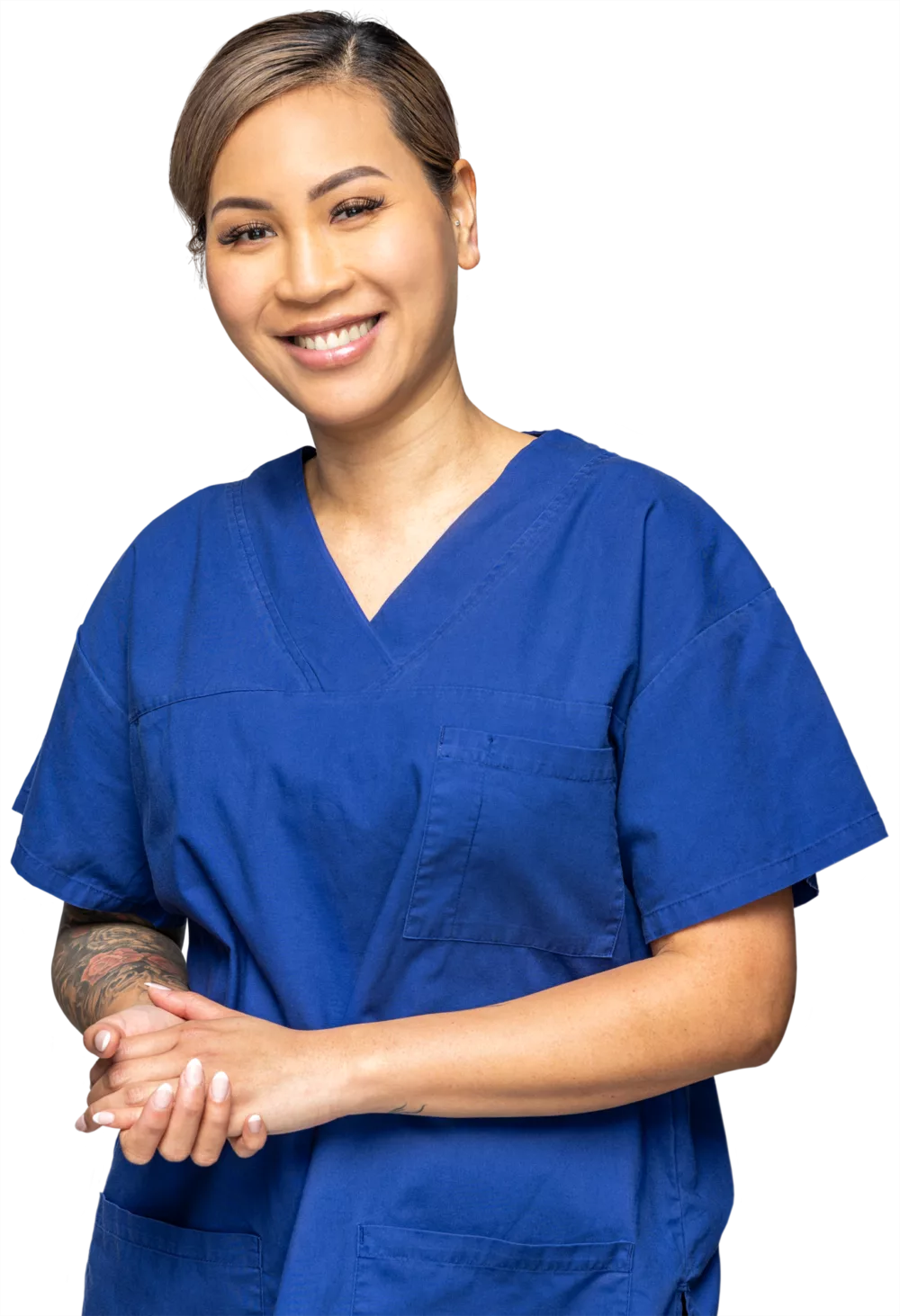What does surrogacy involve?
The gift of surrogacy is truly extraordinary! For women facing medical conditions or surgeries that make pregnancy unsafe or impossible, surrogacy opens up a world of possibilities, allowing them to experience the joy of motherhood.
Surrogacy involves the use of IVF technology to create an embryo, which is then placed in the uterus of a surrogate.
In New Zealand, the surrogate is often referred to as the 'intending birth mother'. If pregnancy occurs, the surrogate carries and nurtures the baby until birth, after which the 'intending parents' adopt the baby through a regular adoption process, welcoming their precious child into their arms and hearts.
Surrogacy is a beautiful testament to the power of love, compassion, and the incredible miracles that can happen when hearts unite.
Regulation of surrogacy
- surrogacy requires an ethical application to ECART
- intending parents must have a medical condition that prevents pregnancy or makes pregnancy unsafe, or have unexplained infertility and have not become pregnant from other treatments
- the intending birth mother must be assessed as being capable of a safe pregnancy and birth. She should have finished her own family
- surrogacy with donor eggs may also be an option for gay men
- when a child is born from surrogacy, the surrogate is the child’s legal mother and her partner is also a legal parent. Because of this, preparation for surrogacy must include preparing for adoption with Oranga Tamariki. The usual rules for adoption apply.
Key ethical issues to be aware of
Our counsellors will help you to discuss the issues and how to manage them:
- ensuring everyone is fully informed about the psychological, social and ethical issues before they go ahead, so there are no regrets or surprises later
- the emotional risks of giving up a child for adoption.
FAQs for surrogates and embryo donors
Who is surrogacy for?
Surrogacy may be an option when a woman doesn’t have a uterus (for instance after surgery) or has a medical condition that makes pregnancy unsafe.
What are the steps to become a surrogate?
Surrogacy is a complex and lengthy process.
A typical timeline for an ECART application for surrogacy can usually take 12 weeks or more. This timeline can be found in our Pathways booklet.
Who needs egg donors?
Donor eggs can help women with early menopause, women who no longer have viable eggs of their own because of their age, and women who have not become pregnant after many IVF cycles.
How does egg donation work?
Egg donors need to complete a work up process that takes approximately three months and includes blood tests, counselling and talking with our medical staff about an IVF cycle. The woman who is donating her eggs then starts an IVF cycle and the eggs are collected as part of a small surgical procedure. The eggs are then put with the recipient partner’s sperm to try and create embryos for future use by the recipient couple or for fresh replacement at the same time.
How does all of the legal stuff work?
The Status of Children Amendment Act of 1987 recognises the social mother, (the woman who receives the eggs and gives birth), as the legal mother of the child. The egg donor does not have any legal rights or liabilities.
Will I be contacted by future offspring?
All donors are asked to be identifiable to children born from the use of their eggs. This means that you would be willing to be contacted by the clinic to disclose further information or to consider disclosing your identity. The request for contact may be from either the children born or their parents.
The practice of egg donation is governed by the Human Assisted Reproductive Technology (HART) Act 2004. An important principle of the Act is that offspring conceived through the use of donor sperm or donor eggs should be made aware by their parents of their genetic origins, and be able to secure information about the donor and his or her identity.
Who makes a good egg donor?
If you are interested in becoming an egg donor you need to be aged between 20- 36 years, be a non-smoker and have no significant health issues. Our video outlines more on this.
How are the donors screened?
The donors are fully screened by Fertility Associates in accordance with Reproductive Technology Accreditation Committee RTAC regulations. All clinic donors have met with both a Doctor and a Counsellor and the stored samples have completed a six month quarantine period.




